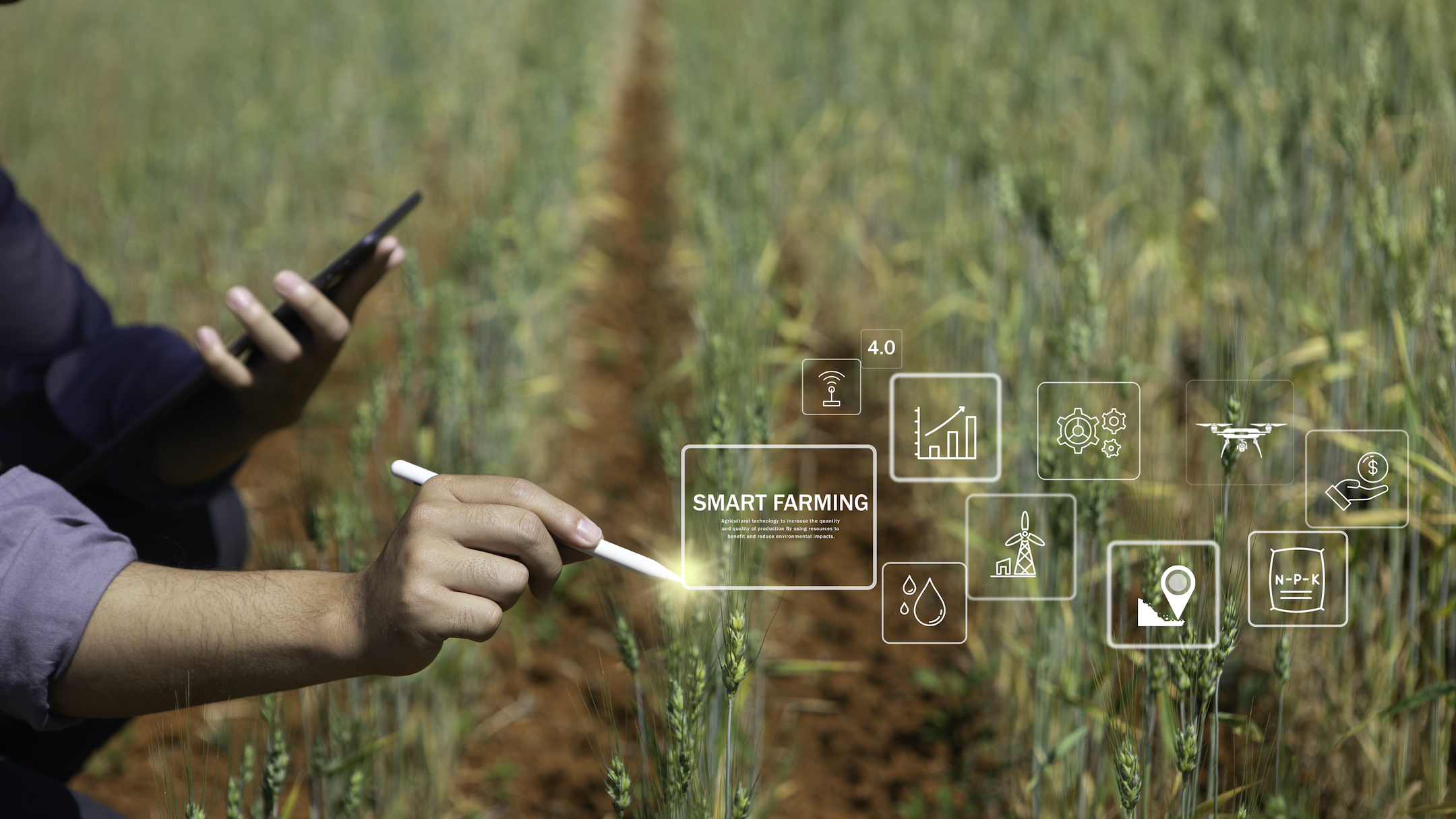The Power of Computer Vision in Automated Agriculture
In recent years, technological advancements have revolutionized various industries, and agriculture is no exception. One of the most significant innovations driving this transformation is the use of computer vision in automated agriculture. By leveraging AI and machine learning, farmers can now optimize their operations, increase yields, and reduce costs like never before. Let’s delve into how computer vision is revolutionizing automated agriculture across various applications.
What is Computer Vision and How Does it Work in Automated Agriculture?
Computer vision is a field of artificial intelligence (AI) that enables computers to extract meaningful information from digital images and videos. In the context of automated agriculture, computer vision systems use high-resolution cameras mounted on drones, tractors, or even satellites to capture visual data of crops, fields, and livestock. Advanced algorithms then analyze these images, identifying patterns and insights that would be invisible to the human eye.
The Many Applications of Computer Vision in Automated Agriculture
The applications of computer vision in automated agriculture are vast and constantly evolving. Here are some of the most impactful ways computer vision is shaping the future of farming:
1. Intelligent Crop Monitoring and Disease Detection
The human eye can miss subtle signs of stress or disease in crops. Computer vision, however, excels at identifying these issues early on. Cameras mounted on drones or tractors capture high-resolution images of fields. Advanced algorithms then analyze these images, detecting anomalies in color, size, and leaf structure. This allows for the early detection of diseases, pest infestations, and nutrient deficiencies. With this knowledge, farmers can take targeted action, minimizing crop loss and optimizing resource allocation.
2. Automated Weed Control
Computer vision can differentiate between crops and weeds with incredible accuracy. Automated agricultural equipment equipped with computer vision systems can then target and eliminate weeds with pinpoint precision, reducing reliance on herbicides and promoting sustainable farming practices.
3. Automated Harvesting and Sorting
Imagine harvesting machines that can selectively pick ripe fruit or vegetables, leaving unripe produce untouched. Computer vision is making this a reality. By analyzing visual cues like color and size, computer vision systems can guide harvesting robots to pick only the highest quality produce, reducing waste and streamlining the harvesting process.
4. Livestock Management
Automated agriculture extends beyond crops. Computer vision systems can be used to monitor livestock health and well-being. By analyzing video footage of animals, algorithms can detect signs of illness, lameness, or stress, allowing farmers to intervene early and improve animal welfare.
5. Precision Spraying
Precision spraying is another area where computer vision has made significant strides in automated agriculture. Instead of uniformly spraying pesticides and herbicides across an entire field, computer vision systems can identify the specific areas that require treatment. Drones equipped with multispectral cameras fly over the crops, capturing data on plant health and weed presence. This information is then used to guide autonomous sprayers to target only the affected areas, reducing chemical usage, and ensuring a more eco-friendly approach to farming.
The Benefits of Computer Vision in Automated Agriculture
The integration of computer vision into automated agriculture offers a multitude of benefits, including:
Increased Efficiency and Productivity: Automated tasks powered by computer vision free up farmers’ time and resources, allowing them to focus on strategic decision-making. This translates to increased efficiency and productivity across the entire agricultural operation.
Reduced Costs: Precision agriculture practices enabled by computer vision can minimize waste from unnecessary herbicide application, over-harvesting, or improper storage. This leads to significant cost savings for farmers.
Improved Sustainability: By optimizing resource use and promoting targeted interventions, computer vision contributes to more sustainable agricultural practices, reducing the environmental impact of farming.
Enhanced Food Security: Increased efficiency and productivity driven by automated agriculture with computer vision can contribute to a more stable and secure food supply chain.
The Future of Automated Agriculture with Computer Vision
As computer vision technology continues to evolve, so too will its applications in automated agriculture. We can expect to see even more sophisticated systems that can not only identify problems but also predict potential issues and recommend solutions. This will empower farmers to make data-driven decisions and achieve new levels of efficiency and sustainability.To learn more about how Lunar Eye is leading innovations in computer vision and how our cutting-edge solutions can enhance your operations contact us today! Discover the future of technology with Lunar Eye!
